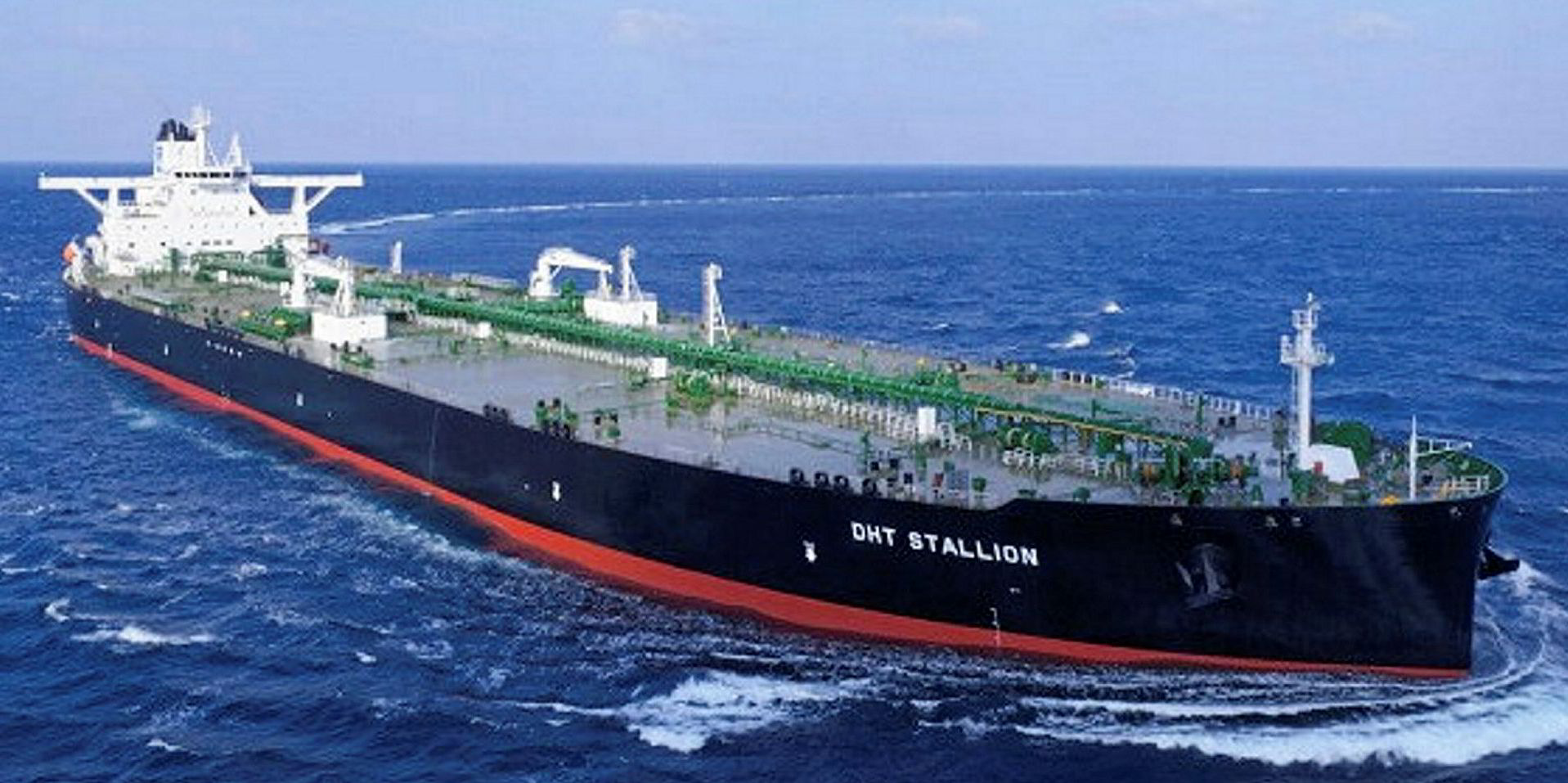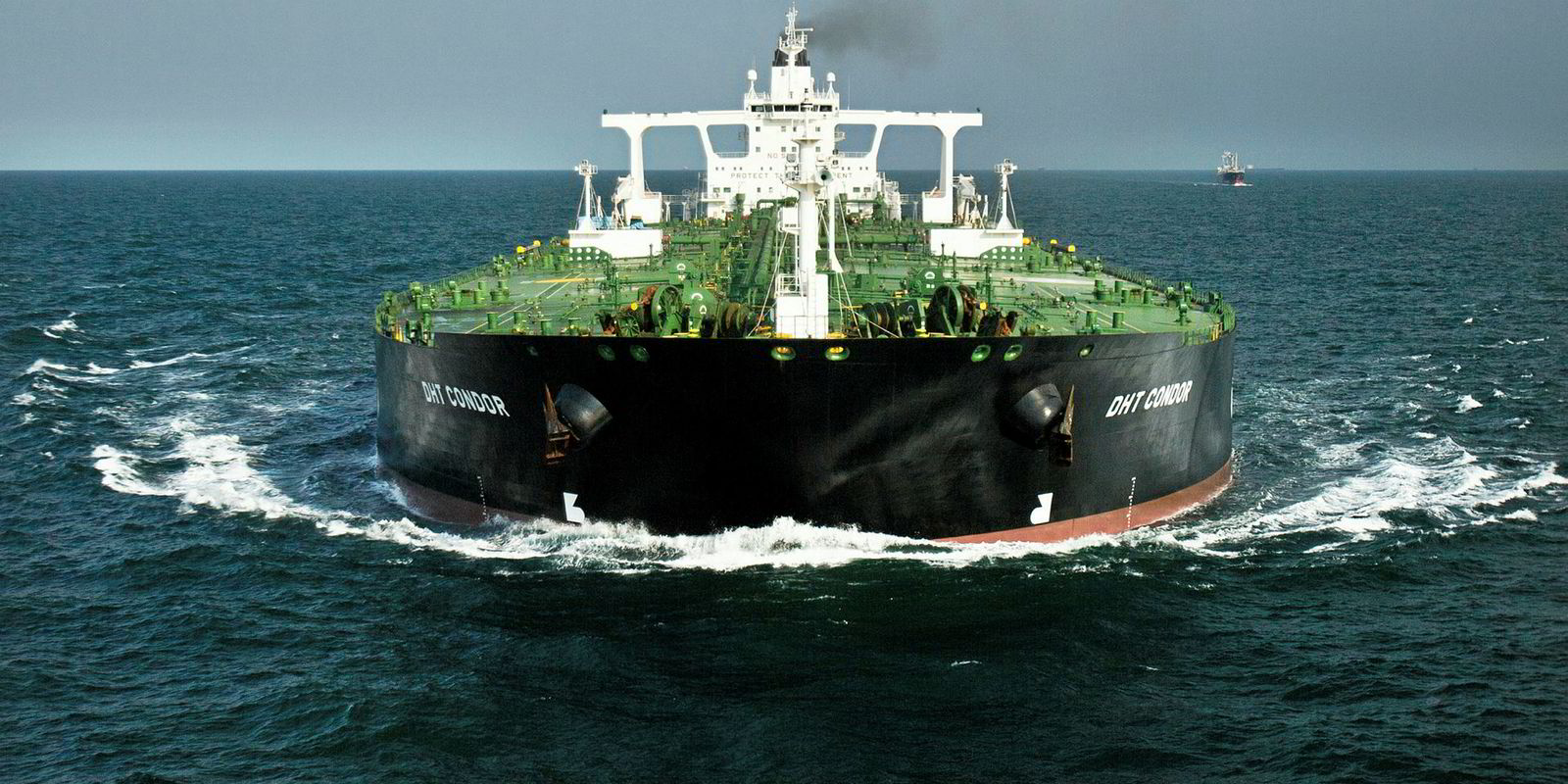The large number of VLCC newbuildings emerging from Asian shipyards are putting downward pressure on product tanker markets, says a top shipbroker.
“It’s not unusual for new crude tankers to carry clean cargoes on their maiden voyage,” says Gibson in its latest market report.
“However, with the crude tanker market in a depressed state of late, charterers have sought to take advantage to secure competitive freight costs on product flows from East to West.”
Gibson says at least three VLCCs have loaded East of Suez and sailed into the Atlantic Basin so far this year in a development that is having what it described as a “profound effect” on the product tanker market.
“Not only does loading a VLCC, or suezmax take out product tanker demand in the load region, it also impacts on tanker demand in the discharge region,” it says.
“This year when the 320,000-dwt Maran Aphrodite and the 310,000-dwt New Eminence (both built 2018) loaded gasoil in China and Malaysia, they collectively took a potential 11 to 15 MR cargoes out of the Asian product tanker market, negatively impacting regional tanker demand.
“However, this was not the only impact, as soon as these vessels started signalling Europe as their destination, the European gasoil market started to react.
“Eventually, as these vessels moved closer towards discharge, the impact on regional gasoil pricing would have impacted trading activity in the Atlantic and thus product tanker demand, contributing to lower flows from other key supply regions such as the US and Middle East.”
Gibson said that the result could be “another 11 to 15 MR cargoes” also lost in the Atlantic market, doubling up the negative demand factor.
“Of course in reality, some of the demand loss will be offset by regional distribution of the imported product, although much of these is likely to be distributed by smaller tankers, barges, pipelines and trucks,” the shipbroker said.
And it’s not just been flows from China and South Korea, which have started to impact the market this year, according to the shipbroker.
Earlier in June the 320,000-dwt DHT Stallion (built 2018) loaded gasoil, which originated from Jamnagar via three STS operations off Fujairah.
“Without the involvement of this VLCC, the charterers would have most likely employed three LR2s to ship the product to Europe,” said Gibson.
“Instead, these tankers opened in Fujairah after a short voyage, contributing to the regional tonnage list.”
Beyond VLCCs, suezmaxes are also said to have also proved popular for moving gasoil cargoes from East to West on their maiden voyages, particularly out of the Middle East and India.
“And even when these cargoes are not moved on newbuild crude tankers, the ever looming presence of these vessels continues to influence freight,” said Gibson.
The shipbroker said the crude orderbook remains substantial with 130 VLCCs and suezmaxes set to deliver between now and the end of 2019.
“Provided the crude sector remains under pressure, these tankers will continue to be used where the economics make sense, capping the product tanker markets potential,” said Gibson.
“Product tanker owners will therefore need to hope for a better crude tanker market and wait patiently for the relentless pace of new crude tanker deliveries to come to a cyclical pause.”







